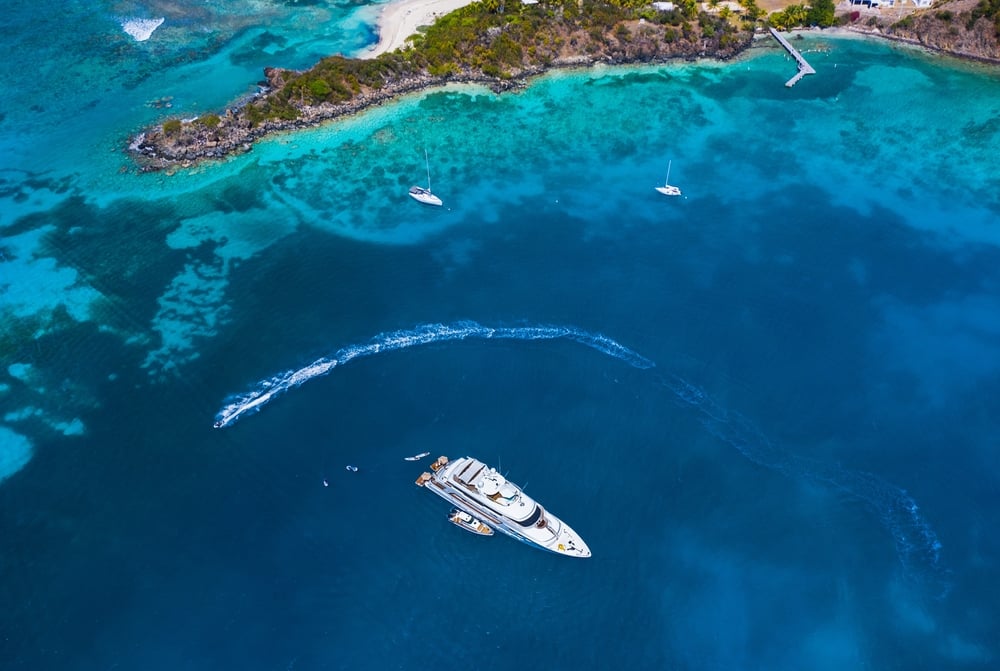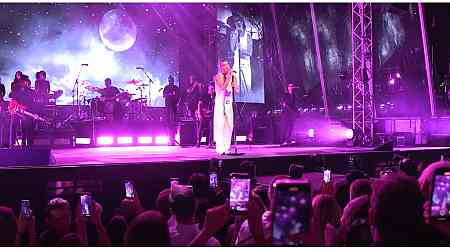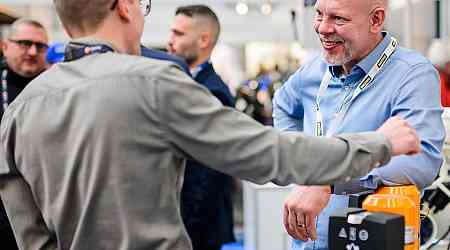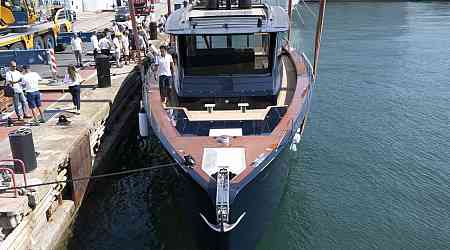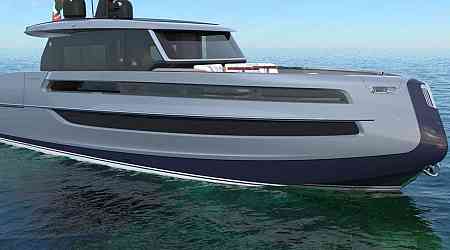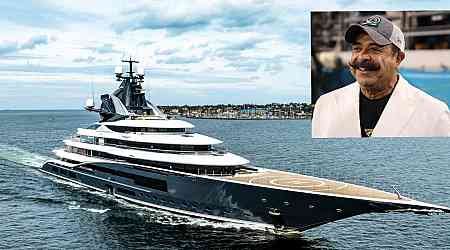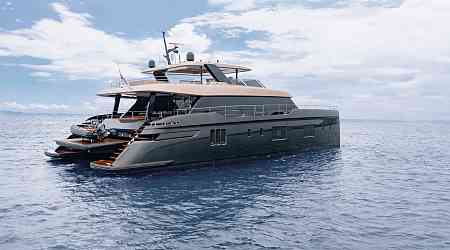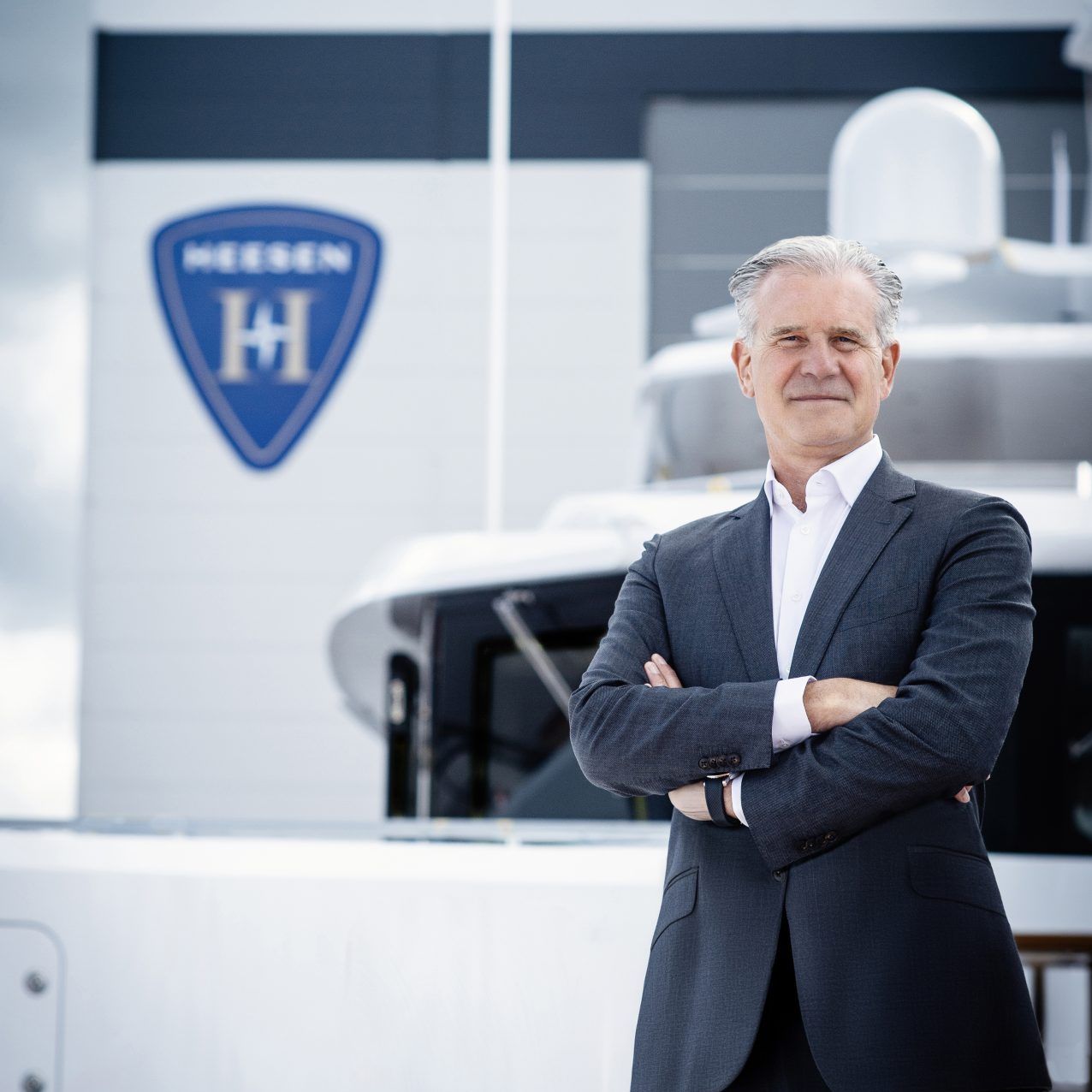Advanced, active yacht stabilization systems have transformed onboard comfort, helping to ensure a smooth, cruising experience both while underway and at anchor.
There are multiple components of yacht stabilization systems that work together to ensure optimal performance, including stabilizer fins, power packs, hull units, and control systems.
Here we take a look at the various yacht stabilization components and systems.
Yacht stabilization systems
Stabilizer fins
Stabilizer fins are a key component of yacht stabilizer systems and will typically move based on a number of hydrostatic characteristics, such as national roll period, vessel speed, metacentric height (GM), beam and sea state in order to maximize the roll reduction of the vessel. There are various types of fins, including advanced systems that offer both Zero SpeedTM and underway performance. XTTM Stabilizer Fins are also highly efficient since they can be extended to improve zero speedTM performance and retracted for underway performance, helping to prevent any unnecessary drag, and ensuring greater fuel efficiency.
Power packs
Power packs fall into two different categories; hydraulic systems and hybrid systems, which support the yachting industry’s efforts to move towards a greener and more sustainable future.
Hydraulic systems
Hydraulic Power Units are still the most popular powering option in the 50m+ yacht market. They are readily available in a variety of sizes and power options. Though they may not be as efficient as the hybrid power systems, they offer othe r benefits, s uch as proven technology and reliability over several decades, global reach for components and technical expertise, typically offered at a lower price point, especially on smaller systems.
Hybrid systems
Advanced hybrid systems utilize the best attributes of both hydraulic and electric power sources, such as a direct electric drive. The best dramatically reduce stabilizer power consumption without the use of potentially dangerous batteries. Traditional hydraulic power packs will draw around 40% of the maximum power, even when it is not required, resulting in a lot of wasted energy. However, advanced hybrid power systems offer 60% greater efficiency at Zero SpeedTM and 80% energy recovery in underway mode. Therefore, it can recover and store any unused energy for future use. Furthermore, hybrid power systems are quieter than hydraulic systems and do not generate heat.
Stabilizer hull units
Hull units are one of the major components of a yacht stabilization system, providing the apparatus to connect the stabilizer fins to the power source and the controls. The connection of these components and the customized algorithms programmed into the controls enable the system to deliver precise movements to the stabilizer fins. The hydraulic cylinders, located at the top of the hull unit, rotate the main shaft, which in turn deflects the fins to the precise position as determined by the control system. The best hull units are typically made from high-quality stainless steel components, which minimizes the risk of corrosion, while internal porting is built in, providing grease points that are accessible from inside the vessel, helping to ensure routine maintenance is effortless.
Control systems
Control stabilizer systems are the brains of the entire system, automatically detecting any changes in a yacht’s motions, and sending real-time signals to the stabilization systems, enabling them to optimize roll reduction. Control systems will automatically interpret the roll angle and velocity from the roll sensor, ensuring that the fins are positioned correctly to efficiently minimize a vessel’s roll. The most advanced control systems can be configured to support a wide range of yacht stabilization systems, from the most basic to highly advanced systems developed in recent years, such as Zero SpeedTM. Furthermore, advanced control systems offer remote access, enabling teams to troubleshoot and conduct maintenance remotely, minimizing downtime and travel costs.
If you are interested in installing an advanced, active yacht stabilization system, contact a leading stabiliziation manufacturer to learn more about the best systems and components for your vessel and start cruising in comfort.
It’s possible to make a deal for place Your yachting marine industry articles on these domains
Yacht News and Marine Industry Guest Posting Sites
https://seayachtingmagazine.com/yachts-news
https://easybranches.com/lifestyle/yacht
https://worldnews.easybranches.com/lifestyle/yacht
https://marineluxurylifestyle.easybranches.com/n
Our real-time page visitors and more websites:
https://visitors.easybranches.com
Listing Packages:
https://marineluxurylifestyle.easybranches.com/packages
Yachts for sale and Charter:
https://marineluxurylifestyle.easybranches.com/y
Instagram @EasyBranchesMarine
Contact info@easybranches.com


















